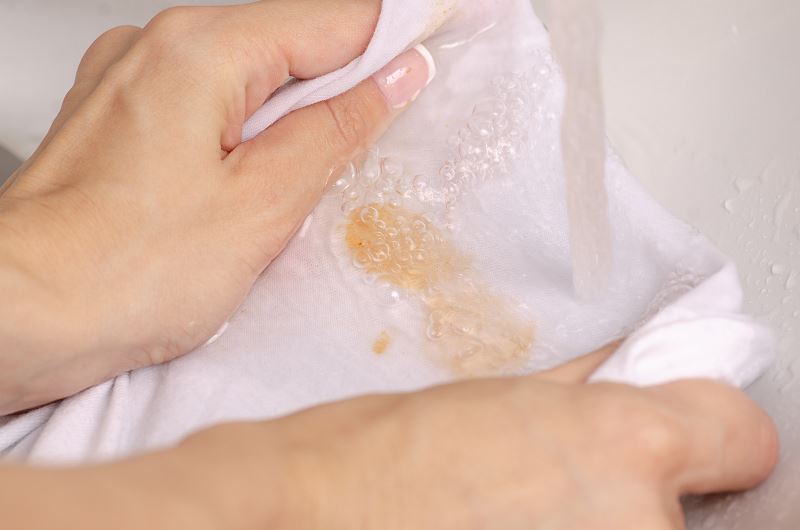GENERAL STAIN REMOVAL PRINCIPLES
The following tips mainly apply, though not only,
removing stains on fabrics.
– If something spills, immediately wipe the liquid with a clean cloth.
– Remove any residue, so that the stain does not get bigger.
– Remove stains as soon as possible, because it won't be easy after that. Stains, which are not derived from fat, rub with a sponge dipped in cold water. Sprinkle talcum powder on greasy stains. Red wine stains, sprinkle fruit and beetroot with salt (but not on the carpet, which may become discolored).
– Always take expensive and delicate fabrics to the laundry, informing the staff, what the stains were from.
– Remove stains carefully, lightly touching the fabric with an absorbent tampon.
– Always remove the stain from this side of the fabric, something has dropped or dropped on. If rubbing with a sponge does not help, try to remove it from the bottom, by squeezing the solvent onto an absorbent tampon.
– Rather, stains should not be removed with hot water, because they can then be more persistent.
Henry, you wrote everything out beautifully, and I was just about to write, that the question is too general, because different stains on different surfaces require a different way of removing them, in order not to damage the surface of the object.
The question was very general, so I will write how to deal with dirt on the walls of buildings. Abrasive blasting is the best solution in this case, which consists in cleaning a given surface with abrasive fed in a stream of compressed air – recently used and I must admit, that the method is quite effective.





